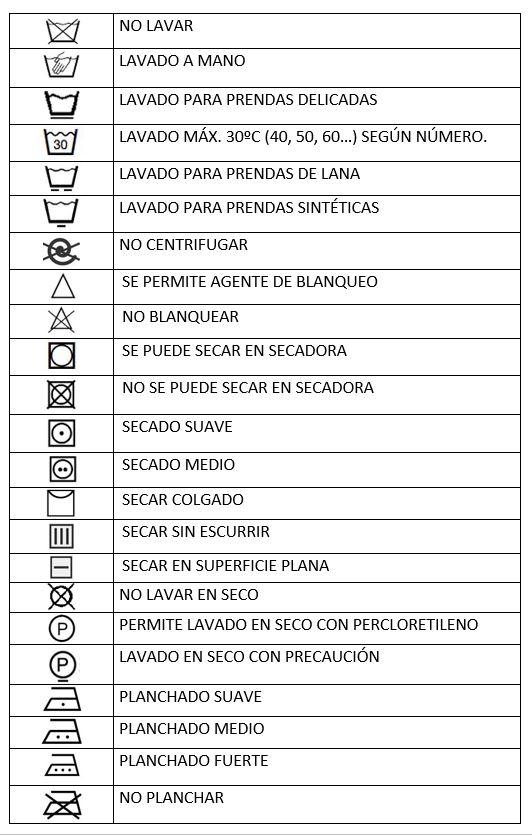Label is defined as:
A mark, sign or tag that is placed on an object or merchandise, for identification, assessment, classification, etc.; that is, all that legend, image or other descriptive or graphic element or sign, written, printed, stamped, marked, engraved, attached or subject to packaging or on the product itself.
Labeling is defined by:
Any information, written, printed or graphic concerning a product, which is required to accompany it when it is submitted for consumer sales.
One of the most important functions of labelling is to identify the responsible for the product, which can be the manufacturer, the distributor, the seller, the importer or even the Marquis.
The labelling of a product is its business card and also its guarantee of quality.
In general, textile products are to be placed on the market, they shall be properly labelled. All indications that appear on the labelling must be clearly marked visible and easily legible by the consumer, it being mandatory that They are at least in the official language of the state from which they are supplied.
- COMPOSITION LABELLING:
It should be borne in mind that textile products will be marketed only if they are labelled or marked or accompanied by commercial documents according to EU regulation 1007/2011.
The most common compositions are:
| AR | Aramids |
| AS | Antistatic fiber |
| CA | Acetate, or Rayon Acetate |
| CO | Cotton |
| CV | Viscose or Rayon Viscose |
| EA | Elastane |
| GL | Fiberglass |
| JU | Jute |
| LI | Linen |
| PA | Polyamide- Nylon |
| PE | Polyethylene |
| PES | Polyester |
| PP | Polypropylene |
| PU | Polyurethane |
| PVC | Polyvinyl Chloride |
| RA | Ramie |
| RES | Acrylic resin |
| SE | Silk |
| SI | Sisal |
| SIL | Silica |
| SILCN | Silicone |
| WO | Wool |
2. LABELLING INFORMATION:
The information that must be present on the labels, according to current regulations, is as follows:
- Identification of the manufacturer, trader, distributor or importer.
- Composition of the article.
On a voluntary basis:
- Conservation of the article.
- Information on parameters of importance for use and maintenance.
- Eco-labels, such as the Oeko-Tex and Made in Green labels, others.
- GENERAL LABELLING REGULATIONS:
Regulation No. 1007/2011 of the European Parliament and of the Council of 27 September 2011. This Regulation is binding in its entirety and directly applicable in each Member State. As of 8 May 2012.
- General specifications:
Voluntary indications or information, such as pilling resistance, fireproof, waterproof, non-shrink, conservation symbols, etc. They must be clearly differentiated.
All the mandatory information must appear with characters clearly visible and easily visible to the user.
All the information must appear on the label in the official language of the State.
The label shall be made of any durable material, the labelling and marking of textile products shall be durable.
It will be legible, visible and easily accessible.
- Mandatory information:
Identification of the person responsible for the garment or textile product: name or business name or name of the manufacturer, trader or importer and their address.
The composition of the article: it is the % of the fibres that make up the article.
- CONSERVATION
Conservation labelling is not mandatory, although it is a growing practice. For this reason, depending on the country, the symbols change.
The ones we’re most used to seeing are:

5. ECO-LABELLING
Eco-labelling is a label that aims to identify companies, products or services that meet certain criteria of “environmental goodness.”
We can find:
OEKOTEX-TEX 100 is a system for testing and unified worldwide certification for raw textile products intermediate and finished in all process stages. Based on the analysis of the presence, and in what quantity, of a number of substances harmful to health.
There are currently 15 member institutes. In Spain it is AITEX the laboratory authorised to issue the OEKO-TEX label.

